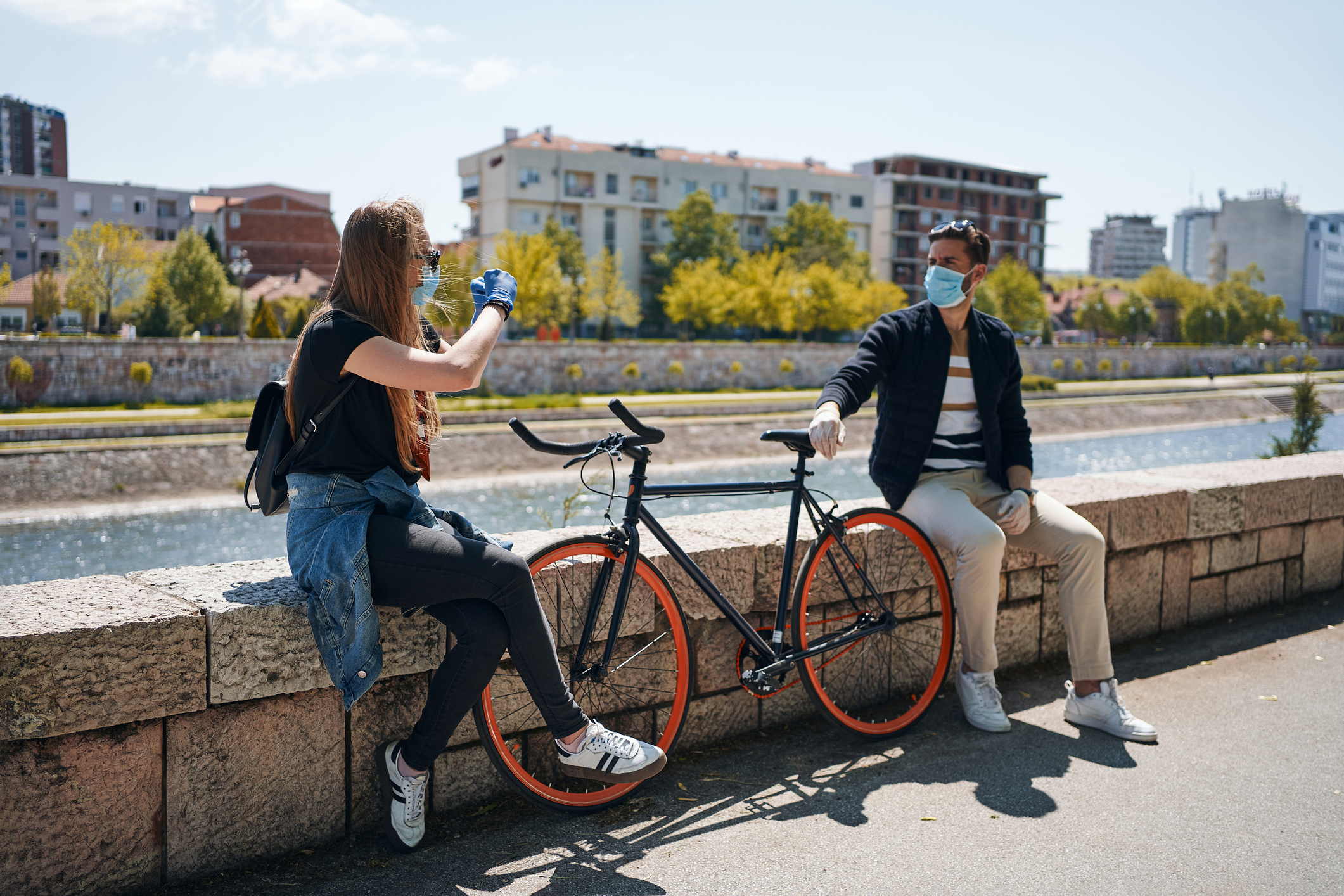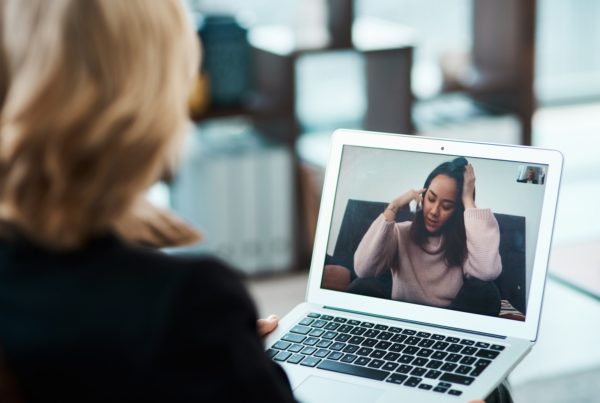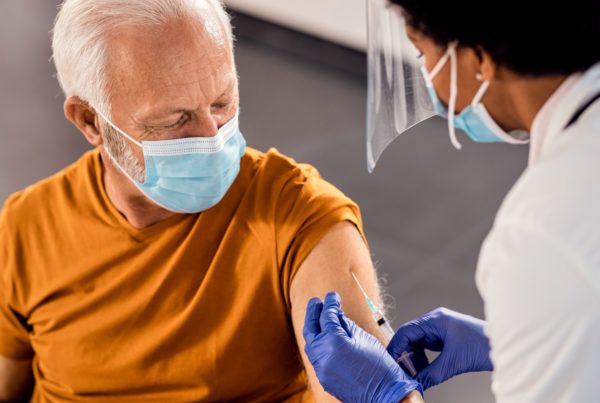
Summer is officially in full gear now and the warm weather is here! Isn’t it great? This time of year means backyard barbeques, long walks outside, swimming and picnics.
But we all know it is not completely like old times. There is still something different, right? COVID-19, the pesky little virus we have come to know all too well, is still around.
The Invisible Enemy
One of the truths about human nature is that it is very hard to believe something is real unless we see it. It is tough to believe that we need to be vigilant when most of us do not know people who are getting infected and we hear that only around 200 new cases a day are occurring across the entire country.
In Canada, we have done very well to minimize the spread of this virus. Most of us have done an excellent job at following the public health guidelines to physically distance, wash our hands, avoid others if we are unwell and wear a mask when appropriate. We look to our neighbours in the south and can see what occurs when the guidelines are not respected, and we do not want that to happen to us.
I often think that what is even more powerful than seeing something bad happen, is to feel it, like when a loved one or even we, ourselves, endure a health-related crisis. We can rarely look at life in the same manner after that kind of experience. Emotions are powerful.
No One is Safe
As health care workers, we never lose sight of this fact. We all see and feel the reality of this virus and what it can do. We look at the chest X-rays, review the blood work, monitor the oxygen levels and experience the anxiety and fear of a patient who cannot breathe due to this infection.
We place people on life support when they require it. We see the blood clots, strokes, and heart attacks that COVID-19 causes; we see the kidney damage. We see the patients who have recovered from the virus but months later, are still unwell, struggling with debilitating fatigue, joint swelling and breathing problems.
We also see that most patients recover completely and are well again, which makes it easier to deal with because we know it is certainly not all doom and gloom. But we know bad outcomes still can, and will, happen.
A Personal and Collective Effort
We need to remain vigilant about this highly infectious virus. It has not disappeared and is still very much among us. We must accept some uncomfortable realities here.
This virus does not care about us – it just wants to spread. It does not care about our economy or our mental health. If we give it the opportunity to jump from one of us to another, that is exactly what it will do. These circumstances are not “fair”, but who ever said the universe was always a fair place?
At this time, it is extremely important that we focus on what we can do to combat the spread of this virus, because we now know plenty on how to do that. And the good news is that the simple things are currently the most powerful ones.
We need to wash our hands repeatedly and avoid touching our face and continue to develop that habit. Stay six feet away from others as much as possible and avoid being around anyone if you are unwell, even if you just feel tired and have muscle aches, as these could be early or mild COVID-19 symptoms.
What’s New
Avoid close contact with others, especially indoors. This advisement is one of the most important ones that has come to light recently.
The virus seems to spread best indoors where people are in prolonged close contact. It also spreads outdoors where large numbers of people are next to one another, particularly when close talking, shouting, or singing is involved, such as sports events or bar patios. Ideally, avoid those situations.
If you cannot do so, then wear a face mask, as scientific evidence shows that it reduces the likelihood of spread in those environments. One of the most common situations for all of us is visiting a store. We should all wear a mask when we go inside any building open to the public.
We are still trying to understand it, but it does appear that the virus can be transmitted from asymptomatic people. At this time, it remains prudent to assume anyone you come into contact with could transmit the virus to you.
A Toolkit to Go Out into the World
Fortunately, the measures we can take to protect ourselves do not mean we need to be socially isolated. They can actually help us open up society and it is incorrect to say that they keep us locked down; they are our toolkit for getting out into the world and interacting with our family, friends and loved ones. We just need to be cautious about it and do it under the proper conditions.
We are in a good position in Canada right now. Let’s stay the course.
About the Author
Dr. Michael Szabo is the Medical Director of Novus Health. He is an emergency physician at University Health Network in Toronto and a lecturer in the Department of Family and Community Medicine at the University of Toronto. Dr. Szabo has 25 years of experience providing front-line medical care. He has extensive experience with providing executive and concierge health care as well as expert medical second opinions.
Do you want more practical information about COVID-19 prevention? Read our articles How to Reopen Work Spaces Safely and Safe or Unsafe? A Practical Guide to Reopening.



